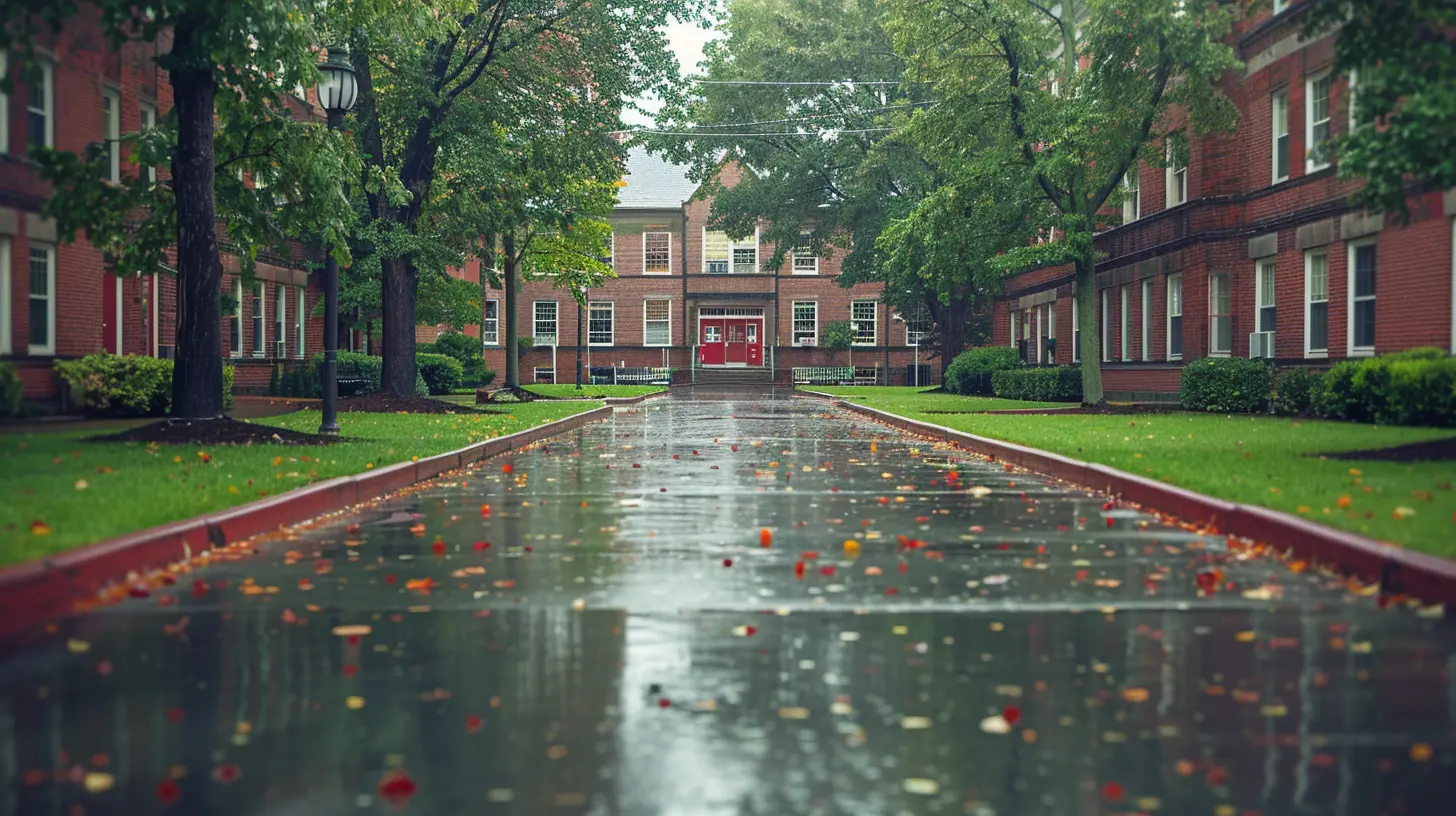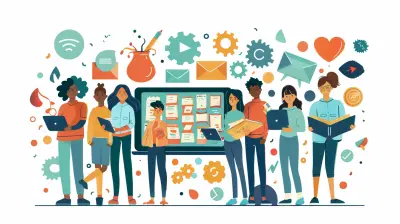Funding Public Schools: Challenges and Opportunities
20 August 2025
Let’s talk about something close to home—our public schools. Whether you're a parent, teacher, policymaker, or just a curious reader, chances are you've had a thought or two about how our schools are funded. You might wonder, “Why are some schools thriving while others struggle to afford basic supplies?” It all boils down to funding—something that’s way more complicated than it should be.
In this article, we’re diving deep into the challenges that public schools face in securing funds and the incredible opportunities we have to turn things around. Ready? Let’s break it down.
Why School Funding Matters More Than You Think
Imagine trying to build a house without a budget. How would you buy materials? Hire workers? Even get permits? That’s what running a school without proper funding feels like. Schools don’t just need money—they need consistent, equitable, and adequate funding to provide quality education to every child, no matter their zip code.Funding affects everything—from teacher salaries, classroom sizes, school safety, extracurricular activities, to access to technology. When one area is underfunded, the whole system suffers. And at the end of the day, it’s the students who pay the price.
The Core Challenges Public Schools Face
Let’s be real for a second. Funding education in the U.S. is messy. It's a patchwork system that's often unfair and outdated. Here are some of the major challenges:1. Unrealistic Dependence on Property Taxes
Did you know that a huge chunk of school funding comes from local property taxes? That means schools in wealthy neighborhoods rake in more funds, while schools in low-income areas fall behind.Think about it—why should a child’s quality of education depend on their address? It’s like giving some kids race cars and others rusty bicycles, then expecting them to finish at the same line.
2. Federal and State Funding Gaps
While the federal government chips in some money, it’s usually less than 10% of a school's total budget. States try to balance things out, but let’s face it—they’re not always consistent. Some years are better than others, and schools are left adjusting on the fly.This unpredictability makes long-term planning almost impossible. Would you commit to a 5-year plan if your paycheck might be cut next month? Neither would schools.
3. Inequities Across Districts
School districts are not created equal. Wealthier districts often offer more advanced classes, modern facilities, and a wider variety of extracurricular options. Meanwhile, underfunded districts struggle with outdated textbooks, limited staffing, and crumbling infrastructure.These inequities widen the achievement gap, leaving countless students behind simply due to lack of resources.
4. Rising Operational Costs
With inflation, increased student needs, and the growing integration of tech in classrooms, operational costs for schools are skyrocketing. From maintaining facilities to investing in student mental health services, schools need more funds than ever before just to function effectively.
The Ripple Effect of Underfunding
Underfunding doesn’t just affect school walls and lunch menus—it affects real lives.- Teacher Burnout: Without proper salaries and manageable class sizes, our best educators burn out and leave the profession.
- Student Performance: It’s no surprise that underfunded schools often have lower test scores and graduation rates.
- Community Impact: Schools are the heartbeat of their communities. When they suffer, the whole neighborhood feels it.
Imagine trying to pour from an empty cup. That’s what we’re asking schools to do when we don’t fund them properly.
The Silver Lining: Opportunities for Change
Okay, enough with the doom and gloom. Here’s the good news—change is possible. In fact, we’ve already seen promising examples of how innovation and reform can breathe new life into public school funding.1. Progressive Funding Models
Progressive models focus on equity. That means schools with greater needs get more funding—not less. Some states are already adopting this approach and seeing real improvements in outcomes.It’s like giving extra support to runners who have to climb hills while others run flat ground. Fair, right?
2. Community Engagement and Advocacy
Change often starts from the ground up. Parents, teachers, students, and local advocates have power. When communities rally together—showing up at school board meetings, lobbying state legislators, and raising awareness—funding priorities shift.Don’t underestimate your voice. Remember, squeaky wheels get the grease!
3. Investing in Public-Private Partnerships
Let’s face it, schools can’t do it alone. But what if they didn’t have to?Many districts are forming partnerships with companies, nonprofits, and local organizations to bring in additional resources—think after-school programs, STEM initiatives, and tech upgrades. These partnerships can be game-changers, especially in underfunded areas.
4. Leveraging Technology for Smarter Spending
Technology isn't just shaping how kids learn—it’s also changing how schools manage their money. With data-driven budgeting tools, schools can pinpoint wasteful spending and reallocate funds more strategically.It’s like Marie Kondo-ing a school budget—cutting what doesn’t “spark joy” (or results) and investing where it counts.
Real-Life Success Stories
Want some proof that change is possible? Here are a couple of feel-good examples:- Massachusetts Foundation Budget Review Commission: By identifying funding gaps and recommending strategic increases, they improved equity across districts.
- Ohio’s Fair School Funding Plan: This initiative aims to tie funding more closely to student needs rather than just the wealth of a district. It’s not perfect, but it’s progress.
These stories show that with the right mindset and policy changes, better funding isn’t just a dream—it’s a reality within reach.
What Can You Do?
Yes, YOU. You don’t need to be a policymaker to make an impact. Here’s how you can help:- Stay Informed: Knowledge is power. Understand how your district is funded and where the gaps are.
- Vote Wisely: Support candidates and measures that prioritize public education.
- Speak Up: Attend school board meetings, sign petitions, and share stories.
- Support Local Schools: Volunteer, donate, or partner with schools in your area.
Small actions, when combined, can create a tidal wave of change.
The Road Ahead: A Brighter Future for Public Education
We’re all in this together. Whether you're a student dreaming big, a teacher giving your all, or a parent cheering from the sidelines, we each have a part to play in supporting our schools.Sure, the challenges are real—and they’re tough. But so are the opportunities. The more we talk about funding public schools, the more pressure we apply to make things better. It’s not just about dollars and cents—it’s about values, priorities, and our vision for the future.
So let’s support our schools, uplift our communities, and give every child the quality education they deserve. After all, investing in education is investing in our collective future. And that’s always worth it.
all images in this post were generated using AI tools
Category:
School FundingAuthor:

Madeleine Newton
Discussion
rate this article
1 comments
Carly McNaughton
This article beautifully highlights the critical issues surrounding public school funding. By addressing challenges and seizing opportunities, we can work together to ensure equitable, quality education for every child. Thank you for shedding light on this vital topic!
September 5, 2025 at 4:44 AM

Madeleine Newton
Thank you for your thoughtful comment! I'm glad the article resonated with you and sparked important discussions on this vital issue.


